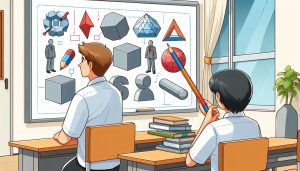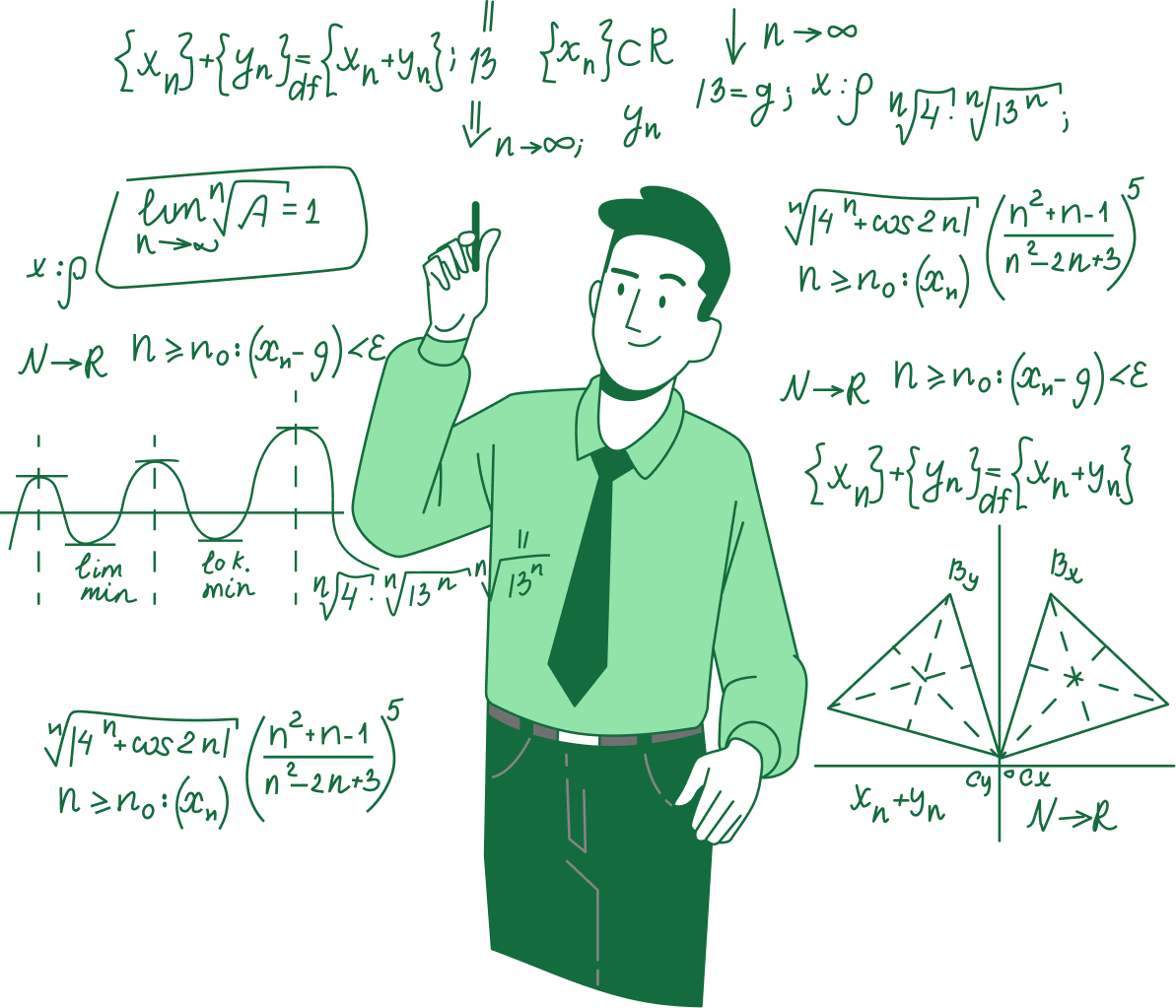Visualizing Solid Shapes – Complete Guide For Class 7 Math Chapter 13
Welcome to iPrep, your Learning Super App. Our learning resources for the chapter, Visualizing Solid Shapes in Mathematics for Class 7th are designed to ensure that you grasp this concept with clarity and perfection. Whether you’re studying for an upcoming exam or strengthening your concepts, our engaging animated videos, practice questions and notes offer you the best of integrated learning with interesting explanations and examples.
The chapter on Visualizing Solid Shapes introduces essential concepts for understanding three-dimensional geometry. Students will learn to identify and classify different types of solid shapes, including cubes, cuboids, cylinders, cones, spheres, and pyramids. This chapter highlights the significance of visualizing these shapes from various perspectives, such as top view, front view, and side view, to enhance spatial reasoning. Students will also explore the properties of these solids, including faces, edges, and vertices. Mastering these concepts is crucial for progressing to more advanced geometric problems in higher mathematics and for applying these skills in real-world scenarios like architecture, engineering, and design.
Visualizing Solid Shapes

Plane Figures
Plane figures are two-dimensional (2D) shapes that can be drawn on a flat surface like paper. They have only two dimensions: height and width. Examples of plane figures include squares, rectangles, circles, and triangles.
Solid Shapes
Solid shapes are three-dimensional (3D) figures that have length, breadth, and height (or depth). These 3D shapes occupy space. Examples include cubes, cuboids, spheres, cones, and cylinders.
3D Shapes have Faces, Edges, and Vertices
- Faces: Flat surfaces of a 3D shape.
- Edges: Line segments where two faces meet.
- Vertices: Corners where multiple faces or edges meet.
Examples
- Cube:
- Faces: 6
- Edges: 12
- Vertices: 8
- Cuboid:
- Faces: 6
- Edges: 12
- Vertices: 8
- Cone:
- Faces: 2 (1 plane, 1 curved)
- Edges: 1
- Vertices: 1
- Cylinder:
- Faces: 3 (2 planes, 1 curved)
- Edges: 2
- Vertices: 0
- Sphere:
- Faces: 1 (curved)
- Edges: 0
- Vertices: 0
- Triangular Pyramid:
- Faces: 4 (3 triangular laterals, 1 triangular base)
- Edges: 6
- Vertices: 4
- Triangular Prism:
- Faces: 5 (3 rectangular, 2 triangular)
- Edges: 9
- Vertices: 6
- Square Pyramid:
- Faces: 5 (4 triangular lateral, 1 square base)
- Edges: 8
- Vertices: 5
Nets of 3-D Shapes
Concept
- A net of a 3D shape is what it looks like if it is opened out flat.
- Nets can be folded to form 3D shapes.
- There can be several possible nets for one 3D shape.
Examples
- Cube: Multiple possible nets, each consisting of 6 squares.
- Cuboid: Similar to a cube but with rectangular faces.
- Cone: A circular sector when opened flat.
- Cylinder: Consists of two circles and a rectangle when flattened.
- Square Pyramid: A combination of one square and four triangles.
Drawing Solids on a Flat Surface
Techniques
-
Oblique Sketch:
- Does not maintain proportional lengths.
- Useful for conveying the appearance of a solid.
- Example: Drawing a cuboid with dimensions 4 x 3 x 3.
-
Isometric Sketch:
- Drawn on an isometric dot paper.
- Maintains proportional measurements.
- Example: Drawing a cuboid with dimensions 3 x 2 x 2 or a cube with each edge 1 unit.
Skill Development
- Visualizing solid shapes involves the ability to see hidden parts of combined shapes.
- Example: Determining the number of cubes in a combined shape.
Example:
- Combining Two Cuboids:
- If two cuboids of dimensions 3 cm x 3 cm x 6 cm are placed height by height, the resulting dimensions are:
- Length: 6 cm
- Breadth: 3 cm
- Height: 6 cm
- If two cuboids of dimensions 3 cm x 3 cm x 6 cm are placed height by height, the resulting dimensions are:
Viewing Different Sections of a Solid
Methods
1. By Cutting or Slicing:
-
- Example: Slicing a loaf of bread results in cross-sections, each being a square.
2. By Shadow:
-
- Shadows represent 2D views of 3D objects.
- Example: The shadow of a cone can vary based on the light source’s position
3. From Different Angles:
-
- Viewing from the front, side, or top provides different perspectives.
- Example: Viewing a solid made of three cubes from different angles.
Practice questions on Chapter 13 - Visualizing Solid Shapes
Get your free Chapter 13 - Visualizing Solid Shapes practice quiz of 20+ questions & detailed solutions
Practice Now








